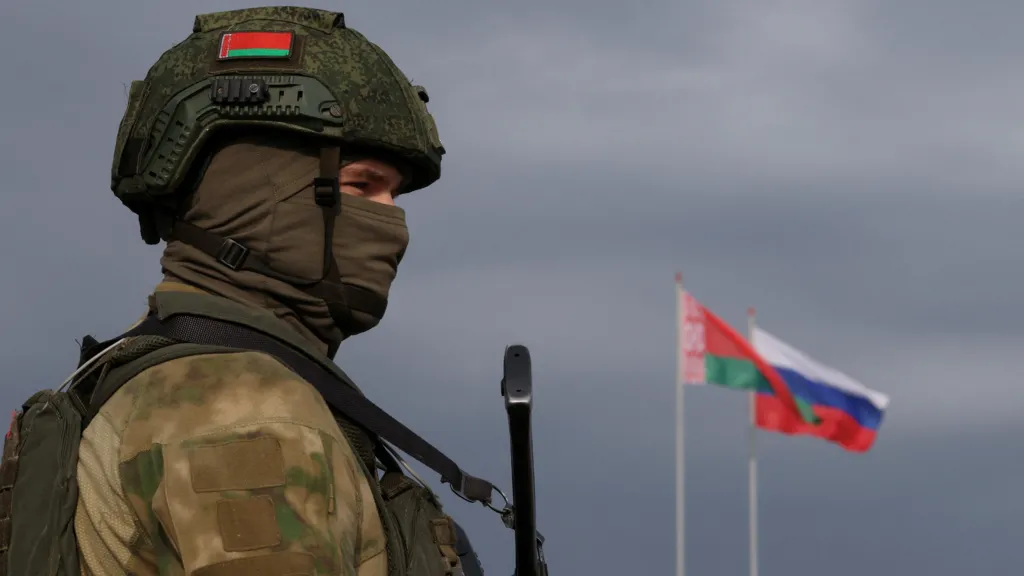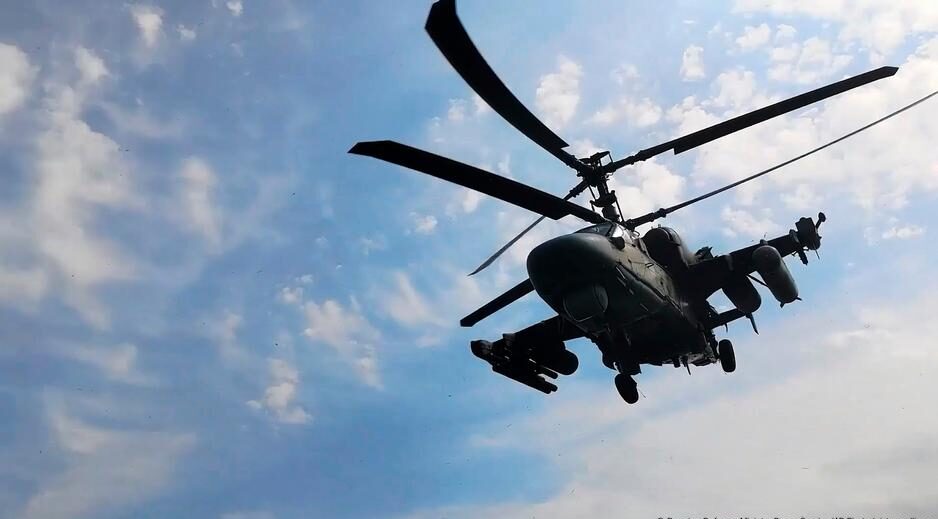Belarus and Russia have launched their joint military exercises, Zapad 2025, from September 12 to 16, 2025. These war games symbolize more than routine defense drills—they appear as a strategic message of strength and deterrence aimed at Europe, particularly NATO member states bordering Belarus.

Overview of Zapad 2025
Zapad, meaning “West” in Russian, is a quadrennial joint military exercise between Russia and Belarus. This year’s drills are the first since Russia’s full-scale invasion of Ukraine in 2022, involving advanced weaponry and thousands of troops to simulate repelling an enemy offensive and retaking lost territory.
| Aspect | Details |
|---|---|
| Duration | September 12-16, 2025 |
| Location | Belarus (near EU/NATO borders) and western Russia, including Kaliningrad |
| Troops Involved | Approximately 7,000 (6,000 Belarusian, 1,000 Russian) (possibly underestimated) |
| Equipment | Armored vehicles, helicopters, fighter bombers, electronic warfare systems, drones, Oreshnik nuclear-capable missiles, Kalibr cruise missile launched from sub |
| Exercise Phases | Defense and coordination; regaining territory and defeating enemy forces |
Strategic Significance
Zapad 2025 serves multiple purposes. Officially, it is a defensive exercise focused on protecting the Union State—a close political and military alliance between Belarus and Russia. However, military analysts and European governments perceive it as a deliberate show of force directed at NATO, demonstrating Moscow’s capability and intent to project power in Eastern Europe.
The exercise locations are critical. Belarus shares borders with Poland, Lithuania, Latvia, and Ukraine, placing military drills close to sensitive NATO frontlines. Poland’s government has closed its border with Belarus and condemned the maneuvers as aggressive, highlighting the heightened security concerns in the region.
Comparison to Previous Exercises
| Year | Troops Reported | Troops Estimated | Notes |
|---|---|---|---|
| 2021 | 12,800 (official) | ~200,000 (actual) | Largest Zapad exercise before Ukraine war; launched invasion using Belarus as staging ground |
| 2025 | ~7,000 (official) | Unknown | First since Ukraine invasion; downsized but includes more advanced weapons, nuclear drills |
Advanced Capabilities Displayed
Zapad 2025 includes:
-
Use of drones and AI technologies integrated in warfare scenarios.
-
Deployment of Russia’s new Oreshnik nuclear-capable missile system in Belarus.
-
Naval maneuvers in the Baltic and Barents Seas, involving warships and a nuclear submarine launching Kalibr cruise missiles.
-
Electronic warfare exercises aimed at disrupting enemy capabilities.
Such capabilities underline the modernization and readiness of Russian and Belarusian forces despite ongoing war strain.
European and NATO Response
The exercises come at a time of escalated NATO-Russian tensions after Russian drones recently violated Polish airspace, prompting NATO’s first-ever shooting down of Russian drones on alliance soil. Poland, Latvia, and Lithuania have responded with heightened military readiness, including their own military drills coinciding with Zapad 2025, such as Poland’s Iron Defender 2025 involving 30,000 troops.
These dynamics reflect a highly charged environment where Zapad 2025 is not just training but strategic messaging about Russia’s intentions and military posture.
Implications for European Security
The drills showcase Russia’s ability to maintain large-scale military operations near NATO’s borders amid the Ukraine war, signaling readiness for potential escalation and power projection. Belarus’s role as a partner and buffer state enhances Russia’s military depth westwards, complicating NATO’s defensive planning.
In conclusion, Zapad 2025 is a calculated demonstration of military strength by Belarus and Russia designed to send a clear message to Europe and NATO: the Union State stands united and prepared to defend its interests with advanced, integrated military capabilities. The exercise intensifies the geopolitical tension in Eastern Europe, underscoring the fragile nature of regional security and the continuing challenge Russia poses to European stability.

